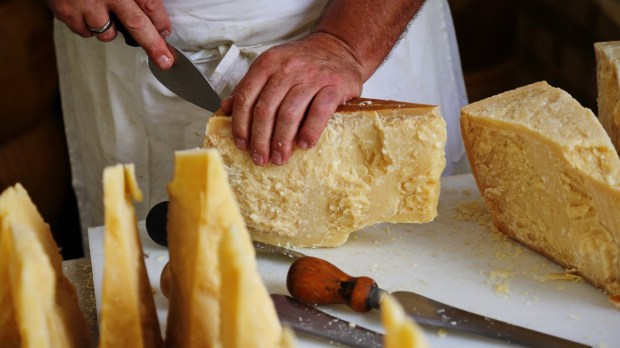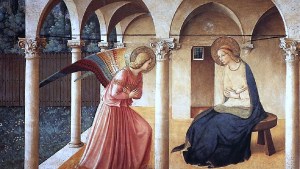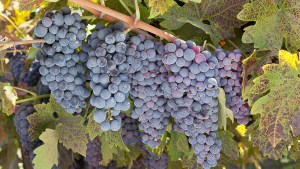In the past few decades, Parmesan cheese has become a beloved staple of Italian cuisine around the world. Shredded Parmesan goes well on top of almost any pasta dish, works well as a pizza topping, and can be used to make delicious cheese-crusted roasted veggies.
Parmesan as we know it today probably made its entrance into Italian kitchens in the 13th century. As explained by cheesemaker association “The Four Madonnas,” Parmesan cheese was first created in Benedictine monasteries around the northern Italian towns of Modena, Reggio Emilia, Parma and Bologna, thanks to a technique learned from monks from the famous French monastery in Cluny, Saône-et-Loire, France.
Well before the age of fridge and freezers, monks on both sides of the Alps were faced with the challenge of preserving milk from local cows beyond immediate consumption. Italian Benedictine monks were used to turning milk from sheep or goats into cheese; however, they had yet to find a similar technique to transform cow cheese into a long-lasting cheese.
Thanks to cheesemaking techniques learned from Cluny’s “cousins,” they were able to come up with a solution for cow’s milk, too. By adding salt from Salsomaggiore salt mines to milk, the monks created a dry, calcium-rich cheese in large wheels that — thanks to the preservative effects of salt — could last for months.
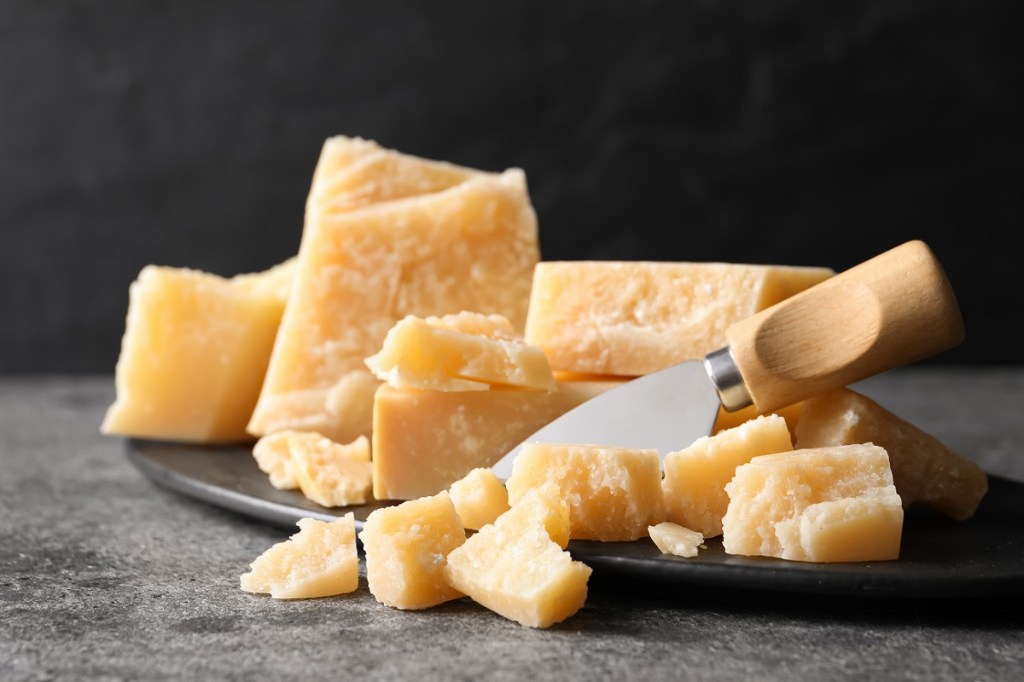
The cheese was made with three simple ingredients: salt, calf rennet, and milk. Milk mixed with salt was heated up to a temperature of 96°F, calf rennet was added, the the mix was heated up to 131°F, at which point a hard mass would start to accumulate at the bottom. This mass would later turn into the iconic Parmesan wheel that we all know today. Thanks to this cheesemaking process, about 264 gallons of milk could turn into 220 pounds of cheese.
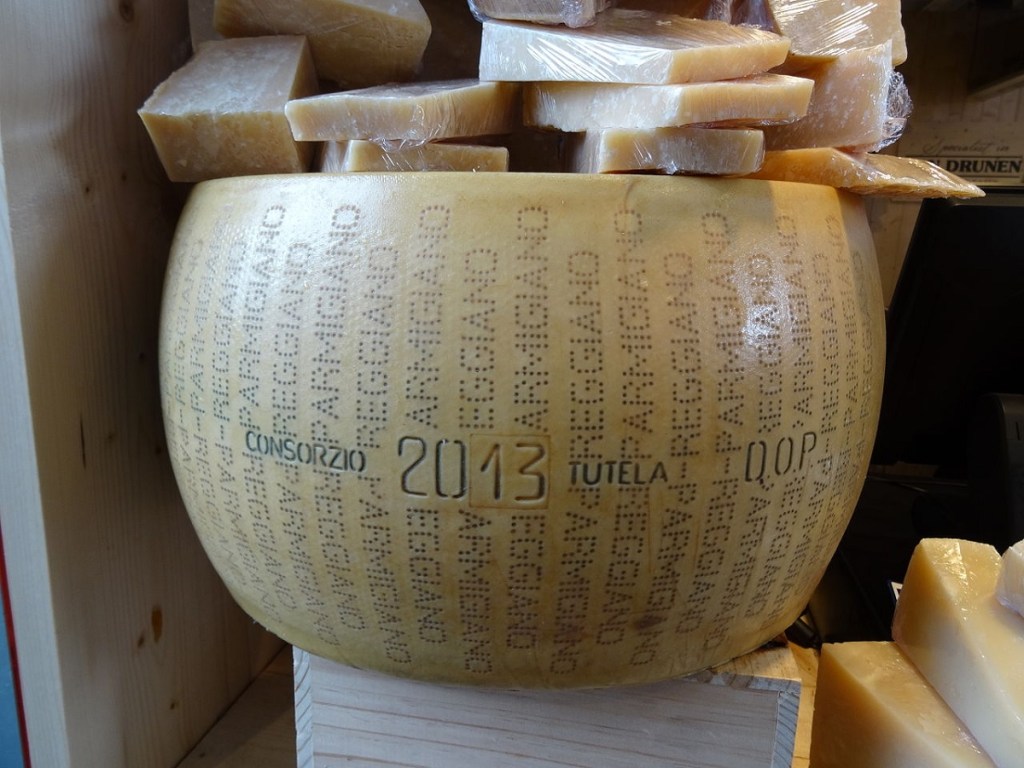
The first official document attesting the trade of Parmesan goes back to 1254 when “caseus parmensis” (cheese from Parma in Latin) was sold to a merchant in the coastal city of Genoa. In 1344 Italian poet Giovanni Boccaccio cites Parmesan cheese in his short-story collection Decameron, testifying to the arrival of Parmesan cheese well beyond the borders of northern Italy. During the 14th and 15th centuries, Benedictine monks had a monopoly over the trade of Parmesan cheese and exported it all over Europe.
By the 17th century, various cheesemakers around Italy started to produce the famous cheese, something that led Duke of Parma Ranuccio I Farnese to trademark the word “Parmigiano” to make sure that only Parmesan cheese produced in its original territory could be named as such. In 1954 Italy introduced a law to defend food products associated from specific areas of the country, and Parmesan was one of the foods protected by the law.
Finally, in 1996, Parmesan cheese, which is one of the most counterfeited and imitated cheeses globally, was declared a product of protected denomination of origin by the European Union, meaning that no other cheese produced within the EU can be called Parmesan if not produced in northern Italy.
The link between this beloved cheese and its original land is so strong that Italian writer and cartoonist Giovannino Guareschi made it the subject of one of his poems:
“If you observe the texture of Parmigiano under a very strong magnifying glass, it is revealed to be not just an unchanging mass of granules linked together into cheese but a panorama. It is an aerial photograph of Emilia taken from a height similar to that of the Eternal Father.”
